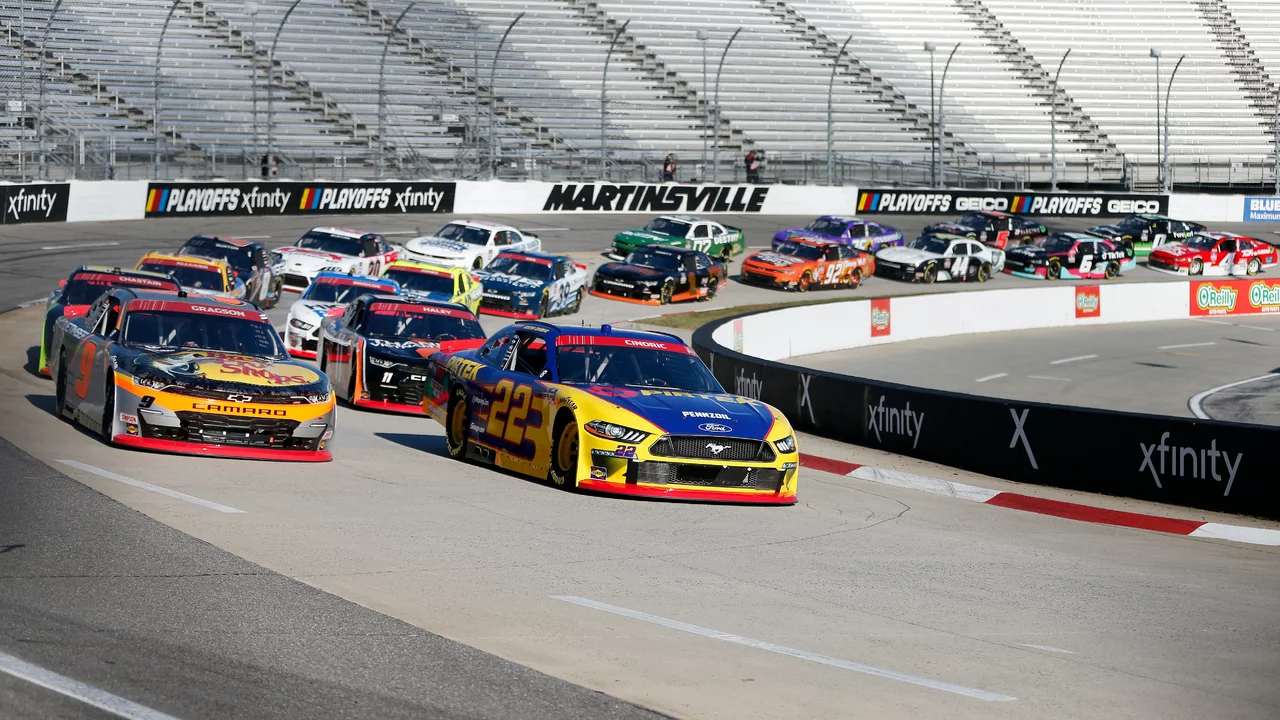Racing Complexities: What Makes Motorsports Tough
Ever wonder why the fastest people on the planet still struggle on the track? It’s not just about hitting the gas. Racing hides a web of physical, mental, and technical hurdles that test anyone who steps into a cockpit. In this guide we’ll break down the biggest pain points and show how they shape every race.
Physical and mental demands on drivers
First up, the driver’s body. A Formula 1 lap can push a racer’s heart rate past 180 beats per minute and force G‑forces that feel like you’re being smooshed into the seat. Endurance races like Le Mans crank that up for hours, and even a sprint race in NASCAR still requires raw stamina. Beyond the muscles, the mind works nonstop. Drivers need razor‑sharp focus to hit the perfect braking point, react to a rival’s move, and keep track of tire wear, fuel and strategy—all in a split second.
Training isn’t just about lifting weights. Athletes run cardio drills, practice neck‑strength exercises, and simulate race conditions in VR. Mental coaching also plays a big role. Visualization, breathing techniques, and stress‑management drills help keep panic at bay when the car slides off the racing line.
Technical rules and race formats
Now let’s talk about the rulebook. Each racing series has its own set of regulations that dictate everything from engine size to how many pit stops you can make. Formula 1, for example, limits fuel flow and uses a hybrid power unit that mixes electric and gasoline power. That means teams spend millions fine‑tuning a tiny piece of tech that can make or break a race.
Then there’s the format. Why don’t we see 24‑hour endurance races in F1? The answer lies in the sport’s DNA. F1 focuses on short, high‑intensity bursts that showcase speed and technology, while series like the World Endurance Championship are built for marathon‑style racing. The differences affect car design, driver lineup, and even fan expectations.
Another layer of complexity comes from tire strategies. In NASCAR, crews change four tires in under three seconds, while in F1 a single pit stop can decide the race winner. Choosing the right compound, timing the stop, and managing wear are constant puzzles for engineers and drivers alike.
All these elements—human limits, technical rules, race formats—mix together to create the thrilling, unpredictable world of motorsport. Whether you’re a fan trying to understand why a driver slows down for a pit lane or an aspiring racer wondering what you need to train for, recognizing these complexities is the first step to truly appreciating the sport.
So next time you watch a race, keep an eye on the driver’s posture, listen for team radio chatter about tires, and think about the split‑second decisions that happen behind the scenes. That’s the real excitement of racing: it’s not just speed, it’s a puzzle that only the best can solve.

What is so difficult about NASCAR racing?
by Davion Strider / 20 Jul 2023NASCAR racing, from an outsider's perspective, might seem simple. However, there's a lot more to it than meets the eye. The sport requires top-level physical fitness, superior concentration, and expert technical knowledge. You have to deal with the intense heat inside the car, high speeds, and the pressure of maintaining your car's condition throughout the race. It's definitely not as easy as just driving in circles on a track!


